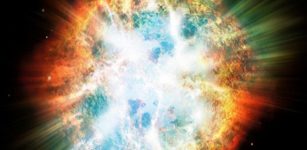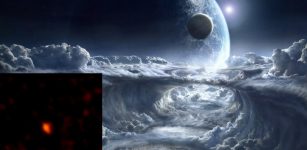Hubble Data Helped To Assemble Mosaic Of Central Region Of Coma Cluster
MessageToEagle.com – Astronomers have used NASA’s Hubble Space Telescope to do a comprehensive census of 22,426 globular star clusters found to date.
Globular clusters are much smaller than entire galaxies and much more abundant. They are snow-globe-shaped islands of several hundred thousand ancient stars. They are integral to the birth and growth of a galaxy. About 150 globular clusters zip around our Milky Way galaxy, and, because they contain the oldest known stars in the universe, were present in the early formative years of our galaxy.

Some of the Milky Way’s globular clusters are visible to the naked eye as fuzzy-looking “stars.” But at the distance of the Coma cluster, its globulars appear as dots of light even to Hubble’s super-sharp vision. The survey found the globular clusters scattered in the space between the galaxies.
They have been orphaned from their home galaxy due to galaxy near-collisions inside the traffic-jammed cluster. Hubble revealed that some globular clusters line up along bridge-like patterns. This is telltale evidence for interactions between galaxies where they gravitationally tug on each other like pulling taffy.
Astronomer Juan Madrid of the Australian Telescope National Facility in Sydney, Australia and his team have analyzed Hubble Space Telescope/Advanced Camera for Surveys data and assembled a mosaic of the central region of the Coma cluster.
“This program gives an opportunity to students enrolled in universities with little or no astronomy to gain experience in the field,” Madrid said in a press release.
Data from three different HST observing programs are combined in order to obtain a full surface density map of globular clusters in the core of Coma.
The team developed algorithms to sift through the Coma mosaic images that contain at least 100,000 potential sources. The program used globular clusters’ color (dominated by the glow of aging red stars) and spherical shape to eliminate extraneous objects — mostly background galaxies unassociated with the Coma cluster.
“One of the cool aspects of our research is that it showcases the amazing science that will be possible with NASA’s planned Wide Field Infrared Survey Telescope (WFIRST) that will have a much larger field of view than Hubble,” said Madrid.
“We will be able to image entire galaxy clusters at once.”
MessageToEagle.com










